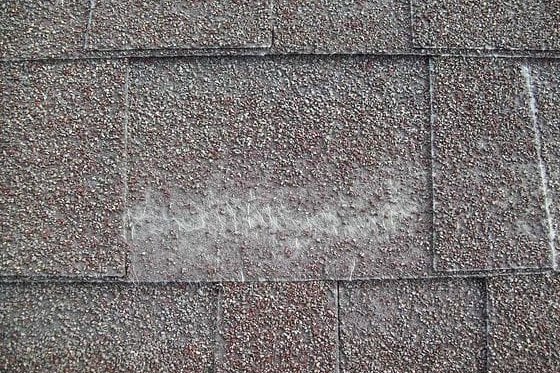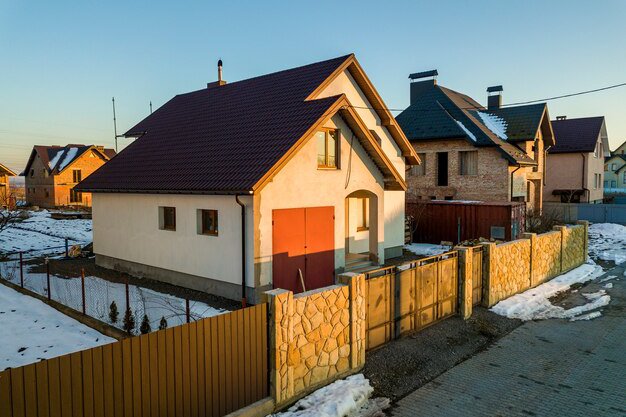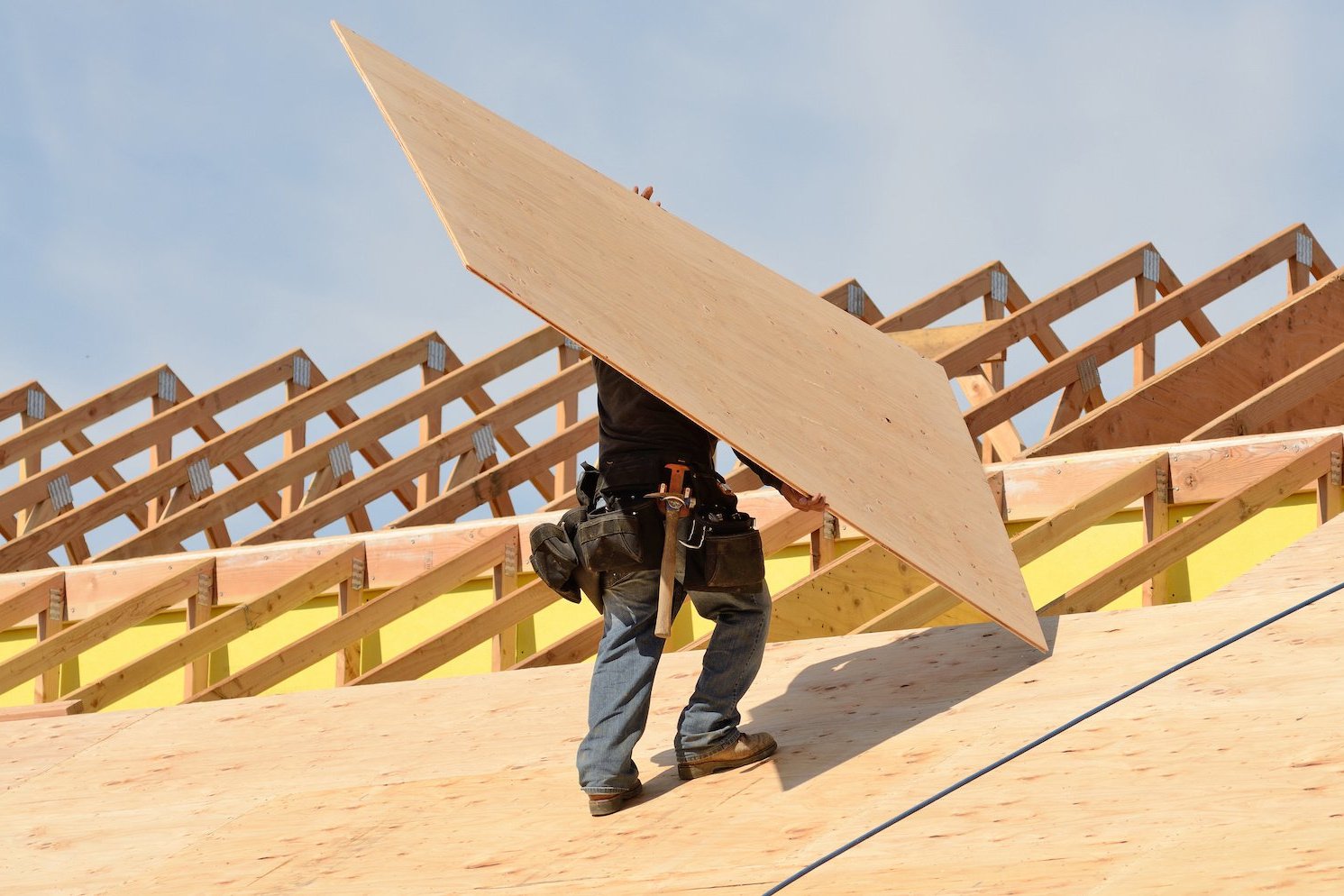Are LeafGuard Gutter Guards Worth It? A Wilsonville, Oregon Guide
For homeowners in Wilsonville, Oregon, maintaining a healthy roof and drainage system is crucial, especially given the region's generous rainfall and abundant tree cover. Clogged gutters are a common nemesis, leading to potential water damage that can compromise everything from your fascia boards to your home's foundation. Gutter protection systems promise a solution, reducing or eliminating the need for frequent, risky gutter cleaning. However, with various systems and companies on the market, evaluating their worth and avoiding overspending is essential. This guide will delve into the world of gutter guards, scrutinize claims made by companies like LeafGuard, and help you understand how to make an informed decision for your Wilsonville home.
Gutters serve a vital function: channeling rainwater and snowmelt away from your roof and foundation. When functioning correctly, they protect siding, windows, doors, and prevent soil erosion around the house. However, leaves, twigs, pine needles, shingle granules, and other debris inevitably find their way into gutters, causing blockages.
A clogged gutter system is more than just a nuisance; it's a significant threat to your home's structural integrity. Overflowing water can pool around the foundation, potentially leading to cracks and basement leaks. It can rot wooden fascia and soffit boards, compromise siding, and even back up onto the roof, causing damage to the decking and potentially creating leaks inside your home. In winter, clogged gutters contribute to the formation of ice dams, which can lift shingles and force water under the roof surface. Regular cleaning is the traditional remedy, but it's often time-consuming, messy, and involves working at heights, posing safety risks. This is where gutter protection systems enter the picture, promising to keep debris out while allowing water to flow freely.
The Spectrum of Gutter Protection Systems
Gutter guards come in various designs, each with its own approach to separating water from debris. Understanding the main types is the first step in evaluating whether a particular system, or the concept of gutter guards in general, is worthwhile for your specific needs and location like Wilsonville.
1. Screens:
These are among the most common and affordable types. Screens typically consist of mesh or perforated metal/plastic panels that fit over the gutter opening.
- Pros: Relatively inexpensive, easy to install (often DIY), allow high water flow rates when clean.
- Cons: Smaller debris (pine needles, shingle granules) can still get through or accumulate on top, requiring cleaning. Screens can sag or detach over time.
- Effectiveness: Good against large leaves and twigs, less effective against finer debris.
2. Micro-Mesh:
An evolution of screens, micro-mesh guards use a very fine mesh, often made of stainless steel, stretched over a frame.
- Pros: Blocks nearly all types of debris, including shingle granules and pine needles. Durable materials are often used.
- Cons: Can be more expensive than standard screens. Very fine debris can sometimes sit on top of the mesh, requiring brushing off. Heavy downpours can sometimes cause water to sheet over the mesh if debris is present.
- Effectiveness: Very effective at keeping debris out, but still requires occasional maintenance to clear the top surface.
3. Surface Tension (Reverse Curve):
These systems, like LeafGuard and others, use the principle of surface tension. The guard extends over the gutter, curving downward. Water is supposed to cling to the curved surface and flow into the gutter opening below, while debris falls off the edge.
- Pros: Designed to be self-cleaning as debris slides off. Can handle significant water flow in theory.
- Cons: Prone to clogging with smaller debris or shingle grit, especially on low-slope roofs or in heavy rain. Ice and snow can build up on the curved surface, blocking the opening. Installation often requires fitting under the first row of shingles, potentially affecting roof warranty or pitch. Can be visible from the ground.
- Effectiveness: Performance varies greatly depending on roof pitch, debris type, and rainfall intensity. Not truly "no-clog" in all conditions.
4. Foam Inserts:
Porous foam pieces are inserted directly into the gutter channel. Water passes through the foam, while debris sits on top.
- Pros: Easy to install, relatively inexpensive.
- Cons: Foam can degrade over time, becoming brittle or soggy. Debris sits on top and can decompose into the foam, making removal difficult. Can impede water flow if saturated or clogged.
- Effectiveness: Minimal effectiveness against fine debris; requires frequent cleaning of the foam itself.
5. Brushes:
Cylindrical brushes are placed inside the gutter channel. The bristles allow water to pass through but catch debris.
- Pros: Easy to install and remove for cleaning.
- Cons: Debris gets caught within the bristles and is difficult to fully remove. Can impede water flow.
- Effectiveness: Limited effectiveness, primarily suitable for very large debris.
Choosing the right type depends heavily on the type of debris you experience (large leaves vs. pine needles vs. shingle grit), your roof pitch, rainfall patterns, and your budget.
Evaluating LeafGuard and Similar Systems
LeafGuard is one of the most prominent brands utilizing the surface tension or reverse curve design. They market heavily on the promise of a "no-clog" system and often present themselves as a premium, all-in-one solution, integrating the guard directly into a seamless gutter system.
While the concept of surface tension keeping debris out has merit in controlled conditions, real-world performance can differ. As mentioned earlier, fine debris, shingle granules, and even certain types of leaves (like small fir needles common in the Pacific Northwest) can adhere to the curved surface or get drawn into the narrow opening. In heavy rain, water may sheet over the top of the guard instead of flowing into the gutter, especially if there's any debris buildup.
However, the most significant concerns raised about LeafGuard, as indicated in the prompt and widely reported by consumers, revolve around their pricing and sales tactics.
WARNING: Be extremely cautious of companies employing high-pressure sales tactics, such as demanding a decision or signing on the same day as the estimate. Reputable contractors provide detailed quotes and allow you time to consider your options.
The assertion that LeafGuard can charge as high as $20,000 for gutter guards is alarming and far exceeds typical costs for quality gutter protection. While seamless gutters themselves are more expensive than sectional gutters, and high-quality materials and professional installation add to the cost, a price point of $10-15 per foot for quality gutter guards is a widely accepted benchmark for various effective systems. Charging significantly more than this, potentially bundling it into an opaque "system" price, raises serious questions about value.
Their sales process often involves lengthy presentations and pressure to sign immediately, sometimes with offers of significant "discounts" that are only available if you commit on the spot. This is a classic tactic used to prevent homeowners from getting comparative quotes and doing their research.
This type of high-pressure environment is not conducive to making a wise investment in your home. Protecting your home is a significant decision, and you should always feel comfortable taking your time to compare options and prices.
The Importance of Getting Multiple Quotes
Given the wide range of gutter protection systems and installation methods available, and the vast difference in pricing, getting multiple quotes from different local contractors is absolutely crucial. This allows you to:
- Compare Costs: See the actual market rate for various types of gutter guards and installation services in Wilsonville.
- Evaluate Systems: Discuss different guard types with different professionals. A contractor specializing in micro-mesh might explain its benefits over surface tension for handling local debris.
- Assess Contractor Quality: Meet with different companies, check their references, read reviews, and get a feel for their professionalism and expertise.
- Negotiate: Armed with competitive bids, you are in a much stronger position to negotiate a fair price.
Reputable contractors will provide a clear, itemized quote explaining the type of system they recommend, the materials used, the scope of work, and the total cost. They will be happy to answer your questions and give you time to decide.
Finding qualified, local roofers and gutter professionals can sometimes be a daunting task. You want to ensure they are licensed, insured, and have a proven track record in your area.
If you're planning a roofing project or considering gutter work and want to connect with pre-vetted local contractors, SkyQuote can help simplify the process.
Find trusted local roofing professionals
SkyQuote connects homeowners with quality local contractors by allowing you to select the service you need and your preferred timing, and then finding available professionals in your area to schedule the appointment directly. This streamlines the process of getting quotes for gutter guard installation, gutter replacement, or any related roofing needs.
Beyond Gutter Guards: Related Roof Components
The decision to install gutter guards is often part of a larger consideration of your roof drainage system and overall roof health. Gutters work in conjunction with several other critical components:
- Fascia: The vertical boards running along the eaves of your roof, behind the gutters. Clogged gutters that overflow are a primary cause of fascia rot, which can compromise the attachment of the gutters and allow water to enter the roof structure or walls.
- Soffit: The horizontal underside of the roof eaves, bridging the gap between the siding and the fascia. Soffits often contain vents that provide crucial attic ventilation. Water damage from overflowing gutters or ice dams can rot soffit material and block these vents, leading to moisture buildup and mold in the attic.
- Drip Edge: Metal flashing installed along the eaves and rake edges of the roof. At the eaves, it's installed under the roofing felt/underlayment and over the fascia board and into the gutter. Its purpose is to direct water away from the fascia board and into the gutter, preventing it from running down the fascia. Proper drip edge installation is essential for the gutter system to function correctly and protect the fascia.
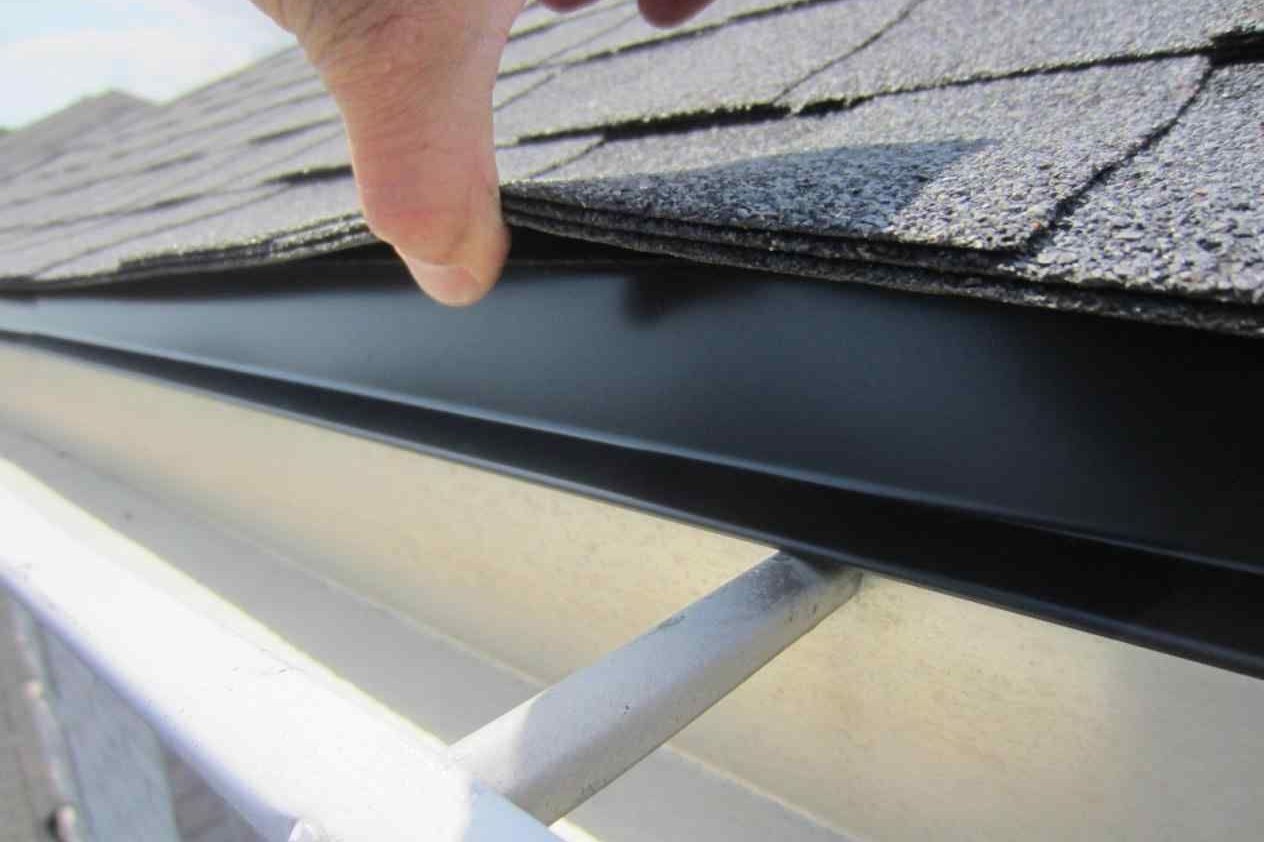
Properly installed drip edge helps direct water into the gutter, protecting the fascia.
Investing in gutter guards should complement, not replace, attention to these other components. If your fascia or soffits are already showing signs of rot, they should be repaired or replaced before installing new gutters or guards.
Common Gutter Issues (Even With Guards)
While gutter guards aim to prevent clogging, they don't solve all potential gutter problems. Other issues that may require attention include:
- Sagging Gutters: Can be caused by gutters filling with heavy debris (even if guards are present but ineffective), improper installation, or fascia rot. Sagging prevents proper water flow, creating standing water that can lead to corrosion or overflow.
- Leaking Joints: Sectional gutters have joints that can develop leaks over time as sealants fail or sections separate. Seamless gutters, while minimizing joints, can still leak at downspout connections or end caps.
- Improper Pitch: Gutters must be installed with a slight pitch towards the downspouts (typically 1/4 inch per 10 feet) to ensure water drains effectively. Improper pitch will cause water to pool.
- Downspout Issues: Downspouts can become clogged even if the gutters don't, especially at elbows or where they connect to underground drainage. Ensure downspouts are clear and direct water far enough away from the foundation (at least 4-6 feet).
A thorough inspection of your entire gutter and downspout system is recommended periodically to catch these issues early.
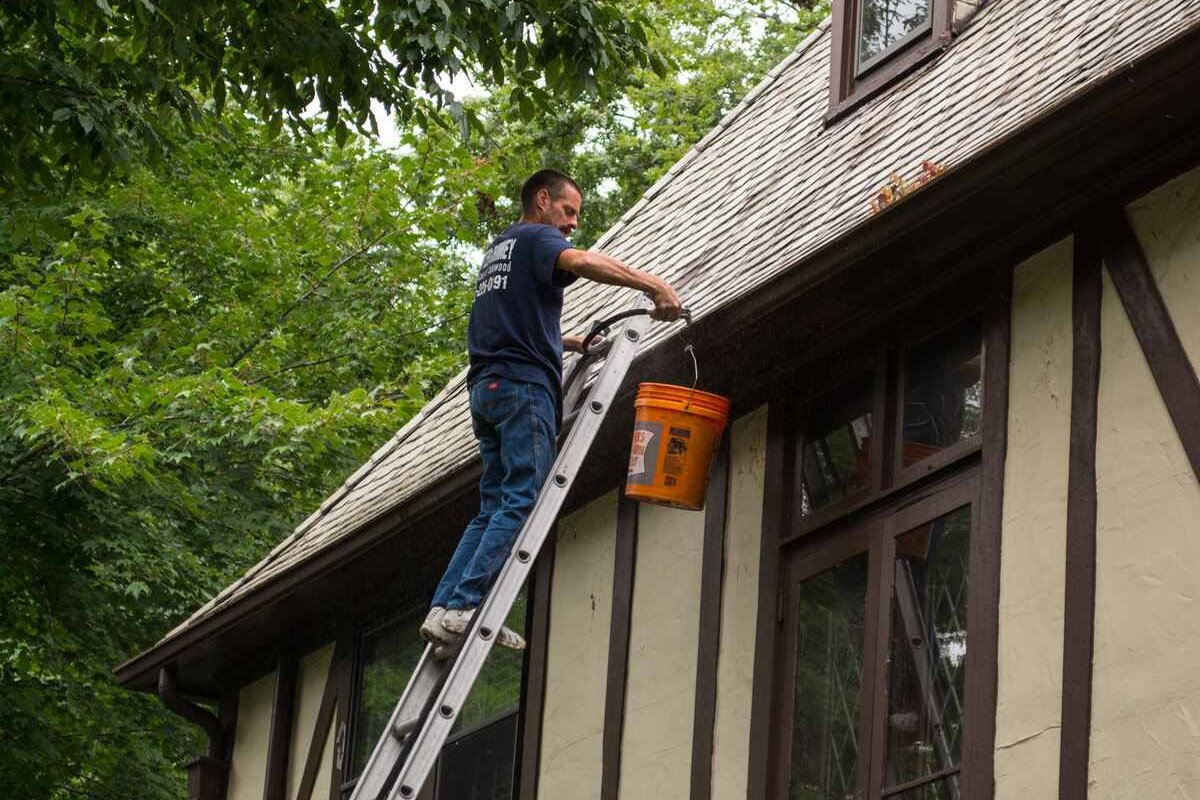
Regular maintenance, even with guards, can sometimes be necessary depending on the system.
The Value of Proactive Roof and Gutter Maintenance
Maintaining a healthy roof and gutter system is an ongoing responsibility for homeowners. While gutter guards can significantly reduce the frequency of gutter cleaning, they don't necessarily eliminate the need for all maintenance. Depending on the type of guard and the amount and type of debris, occasional clearing of debris from the top of the guards might still be required.
Furthermore, your roof itself requires attention. Regular inspections can identify potential issues like missing or damaged shingles, loose flashing, or moss growth (a common issue in damp climates like Oregon). Addressing these problems promptly can prevent them from escalating and affecting your gutters or other parts of your home.
Moss, for example, can not only damage shingles but also break off and contribute to gutter clogs, potentially overwhelming certain types of guards.
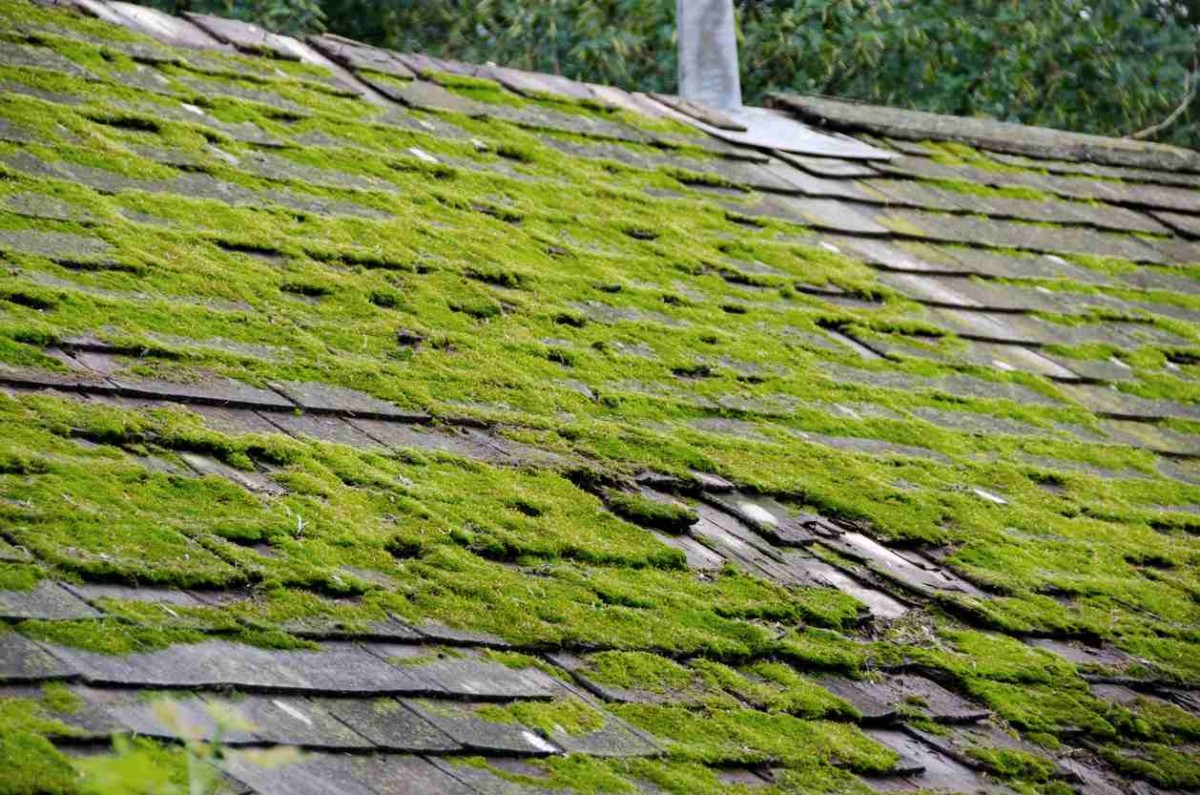
Moss growth can contribute to shingle damage and gutter clogs.
Knowing the condition of your roof is the first step in planning any related work, including gutter upgrades.
If you're curious about the overall condition of your roof or planning for future maintenance or replacement, getting an instant estimate can provide valuable preliminary information.
Get your free instant roof estimate
SkyQuote's instant estimate service uses satellite imagery and local pricing data to give you a quick, accurate idea of your roof's size and potential replacement cost without an in-person visit. This can be helpful for long-term budget planning or understanding the scope of your roofing system as a whole.
Understanding Gutter Guard Costs (Realistic Expectations)
Setting aside the outlier pricing mentioned for systems like LeafGuard, what is a realistic cost expectation for quality gutter guards? As noted, $10-15 per linear foot is a common range for professional installation of effective systems like high-quality micro-mesh or durable screens.
Factors influencing the cost include:
- Type of Guard: Micro-mesh and high-end surface tension systems are typically more expensive than basic screens or foam.
- Material Quality: Stainless steel mesh is more durable and costly than plastic.
- Gutter Type: Installing on existing sectional gutters might differ in cost from installing on new seamless gutters.
- Roof Height and Complexity: Multi-story homes or roofs with steep pitches, complex angles, or numerous dormers will increase labor costs due to difficulty and safety requirements.
- Linear Footage: The total length of your gutters is the primary driver of material cost.
- Condition of Existing Gutters/Fascia: If repairs or replacements are needed before guard installation, this will add to the total cost.
- Contractor's Overhead and Markup: Different companies will have different pricing structures.
When getting quotes, ensure they are detailed and explain what is included. Are they just installing guards, or is gutter cleaning, minor repairs, or fascia inspection/repair part of the service?
By understanding these factors and getting multiple quotes from reputable local contractors, you can ensure you are paying a fair price for an effective system that meets your needs, rather than being pressured into an overpriced solution.
Choosing the Right Professional
Whether you're considering gutter guards, need gutter repairs, or are planning a full roof replacement, selecting a qualified and trustworthy contractor is paramount. Here are some tips:
- Verify Licensing and Insurance: Ensure they are properly licensed and insured in Oregon. This protects you in case of accidents or damage.
- Check References and Reviews: Look for online reviews and ask the contractor for references from previous customers.
- Get Multiple Written Quotes: Insist on detailed, written estimates from at least three different companies. Compare not just the price, but the scope of work, materials specified, and warranties offered.
- Ask About Experience: How long have they been in business? Do they specialize in the type of work you need?
- Understand the Warranty: What warranty is offered on the materials and the labor?
- Avoid High Pressure: Be wary of companies that pressure you to sign immediately or offer unrealistically large discounts for same-day decisions.
Finding contractors who meet these criteria can be time-consuming. Services designed to connect homeowners with pre-screened professionals can simplify this process.
If you're ready to get quotes for gutter work or any roofing service from qualified local businesses, you can easily schedule appointments online.
Book a roofing appointment now
SkyQuote helps by finding available, vetted roofers in your area and scheduling appointments based on your availability and service needs. This takes the guesswork out of finding reliable contractors for your home improvement projects.
Making the Smart Choice for Gutter Protection
For homeowners in Wilsonville, dealing with clogged gutters is a reality. Gutter protection systems offer a potential solution to reduce the frequency and difficulty of cleaning. However, not all systems are created equal, and the value proposition varies significantly.
Surface tension systems like LeafGuard, while heavily marketed, have potential drawbacks in performance and are often associated with excessively high pricing and aggressive sales tactics. Paying $10,000, $15,000, or even $20,000 for gutter guards is far outside the reasonable market value for effective protection, which typically falls into the $10-15 per foot range.
The most effective strategy for any home improvement project, including installing gutter guards, is thorough research and getting multiple competitive quotes from reputable local contractors. Understand the different types of systems available, evaluate which is best suited for your specific home and environment (considering factors like tree types and roof pitch), and compare detailed proposals from several qualified companies.
By focusing on value, performance, and working with trustworthy professionals, you can invest wisely in protecting your home from water damage without falling prey to overpriced solutions or high-pressure sales.
Protecting Your Home Wisely
Investing in your home's exterior, from the roof down to the gutters, is essential for long-term protection and value. Understanding the options available for gutter protection, being aware of potentially misleading sales practices, and knowing how to connect with reliable local professionals are key steps in this process. Whether you're planning a significant roof project or just looking to keep your gutters clear, making informed decisions is always the best approach.
